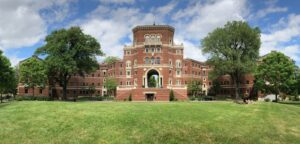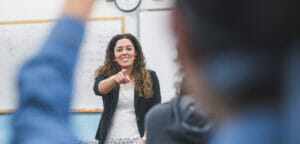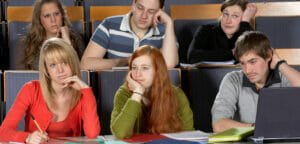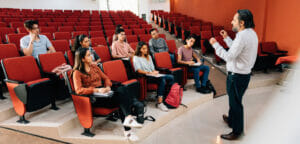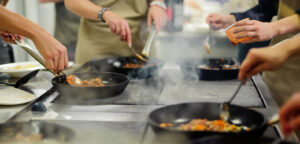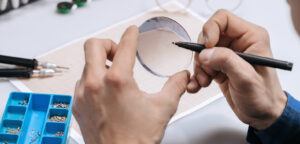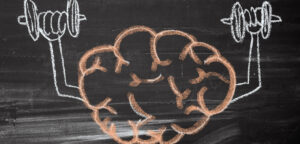
Strengthen Your Teaching Core, D.A.M.I.T! Five Areas of Focus
Being a good teacher is important to me. How do I know whether I am one? What can I do to become (a better) one? To help answer this question I drew on my expertise as a health psychologist. Being healthy is important to me.



